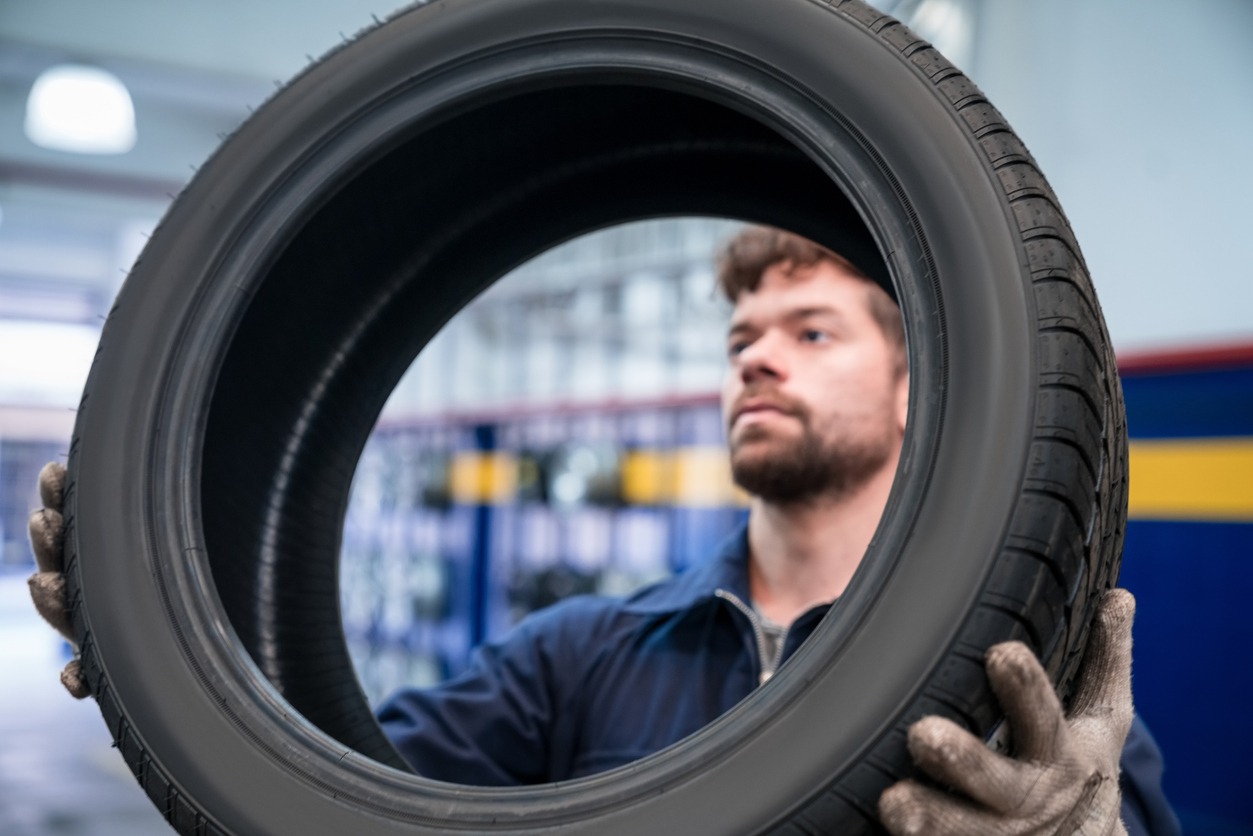You probably have never wondered how tires work. The earliest tires were simply bands of leather or iron placed on a wooden wheel. A skilled worker would cause the metal to expand in a forge, then put it over the wheel. After the tire had been assembled, they would quench the metal to shrink it back to its original shape.
Different Types of Tires
The main difference between radial tires and non-radial tires is the number of layers in the tread. In radial tires, additional layers are added around the circumference. Most cars are equipped with 15-inch wheels, and some SUVs have larger wheels. In addition, the load index is the measurement of the tire’s capacity. The higher the number, the greater the load it can handle. However, a larger tire can increase the weight of a car by a few hundred pounds.
The contact patch on a tire is about the size of a hand. This is the most important part of a tire because it keeps the car moving in the desired direction. Many people think that the wider a tire is, the better. While wide tires are a good choice for grip, it does not matter which one you have. All tires have the same basic design and function. The visible rubber portion is composed of 70 percent synthetic rubber. This synthetic rubber offers a superior grip.
Parts of The Tire

Aside from tread, other tire sections work together to provide gripping power and traction. A tire has several different components. Some are simpler to understand than others. To begin, we need to learn how tires work. Understanding the different parts of a tire will help us understand how they function. In general, tires are composed of several components. For them to work effectively, they must be built of strong and durable materials.
The sidewall of a tire is called the apex. This is the part of the tire that makes contact with the road. Its purpose is to provide grip in corners and resist the abrasive forces of contact with the road debris. It must also withstand high temperatures created by friction, which can damage the rubber beads. The apex of the tire helps the driver to steer in a corner.
The tire consists of a tire, a wheel, and an inner tube. The tread is the part of the tire that makes contact with the road. It must resist abrasive forces and the heat produced by the friction with the road. The apex is also called the apex. The apex is the highest point on a tire. The apex is the most important aspect of a tire.
The outer layer of a tire is called the tread. This is the part of the tire that makes contact with the road. The tread must provide grip when the car is cornering. It must also resist high temperatures created by friction. The apex is also important in maintaining the air pressure in a tire. If the apex is too shallow, the tread will reduce the grip and prevent the tire from rolling.
The flexibility of a tire helps it withstand the force applied by the tire to the road. When it rolls over a rock or rough terrain, the flex of the tire will cause it to grip on the rock. This is a major reason why the tire’s apex is so flat. This flat surface is the sidewall. In the same way, the sidewall is an important area of the tire.
The ribs of a tire’s tread are the pattern of features on its circumference. A rib is an area where the tread meets the sidewall. The sidewall protects the tire from road impact and curbs. The sidewall also contains the size and speed ratings. There are two types of caps. The cap piles are the steel belts that surround the body plies. The tire’s asymmetric tread pattern is the most common type, which is the most comfortable for driving.
Now you know how a tire is constructed and how all the different parts work together, you can feel confident when you search for tires in Calgary.

